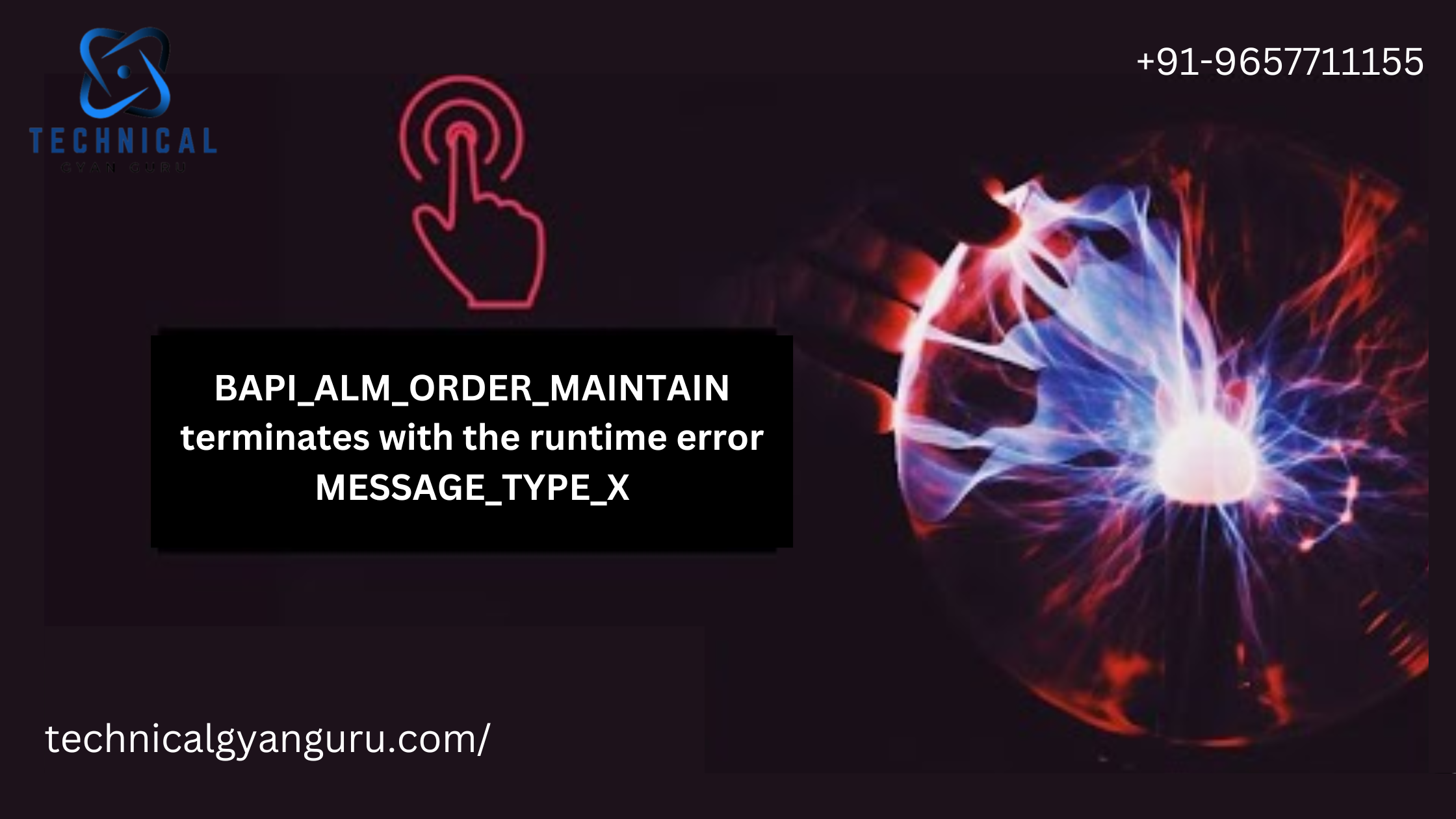
Through the SAP FGateway hub system, business data and metadata may be sent between ABAP backend systems and client applications using OData, a REST-based data standard. Client applications for OData services in SAP S/4HANA are often SAP Fiori apps that operate in the local browsers of end-user devices, like tablets or desktop PCs. OData uses HTTP as its data transfer protocol to give users clear, unambiguous access to SAP backend business data in conjunction with the SAP Gateway.
Data is arranged using an OData service as entities, which are collections of attributes related by associations. Since these components are similar to those in CDS data models, CDS data models are ideal candidates to be exposed as OData services.
Annotation for OData Service Creation
To build an OData service, use the annotation below.
True @OData.publish
This annotation needs to be written above the define View † statement in the header section of a CDS view.
@AbapCatalog.compiler.compare @AbapCatalog.sqlViewName: ‘Z_C_AIRLINE’True for the filter
AbapCatalog.archiveImportant: accurate
choose from ZAPF_I_AIRLINE to define view ZAPF_C_AIRLINE
{ ………… }
Now let’s add this annotation to the CDS view. Please be aware that just one location throughout the CDS data model requires the implementation of this OData annotation. We have established the primary hierarchical point for the entire data model as the ZAPF_C_AIRLINE consumption view. This annotation will therefore be shown in the main consumption display.

When the CDS view is activated and the OData annotation is applied, an OData service will be built. The OData service for the aforementioned Airline CDS view has now been established and activated. However, the service won’t be accessible for use. The corresponding service must be activated in order for the external system or Fiori application to use it.
The following chapter of this series will go over how to activate the OData service that was created in the previous phase.
In the ever-evolving landscape of SAP, the ABAP Programming Model has become a cornerstone for developing robust and scalable applications. Among the various aspects of this model, OData service generation stands out as a crucial component, especially when it comes to creating seamless SAP Fiori applications. This blog post will delve into the process of generating OData services using the ABAP Programming Model, showcasing how you can leverage these services to enhance your SAP Fiori apps.
1. Introduction to ABAP Programming Model and OData Services
The ABAP Programming Model offers a structured approach to developing applications on the SAP platform, focusing on best practices and design principles. Within this model, OData services play a vital role by facilitating the interaction between the SAP backend and SAP Fiori front-end applications. OData (Open Data Protocol) is a standardized protocol that enables CRUD (Create, Read, Update, Delete) operations on data entities, making it ideal for building interactive and dynamic user interfaces.
2. Setting Up Your Development Environment
Before diving into OData service generation, ensure you have the following prerequisites:
- SAP NetWeaver Application Server: A robust platform for running your ABAP code.
- SAP Business Application Studio or SAP Web IDE: For development and testing of your Fiori applications.
- ABAP Development Tools (ADT): An essential set of tools for ABAP development.
3. Creating an ABAP Core Data Services (CDS) View
The first step in generating an OData service is to create a Core Data Services (CDS) view. CDS views are essential for defining and exposing your data models in a structured manner.
- Open ADT in Eclipse and navigate to your ABAP project.
- Create a new CDS view: Right-click on your package, select
New > Other ABAP Repository Object > Core Data Services > Data Definition. - Define your CDS view: Use the following template to get started:abapCopy code
@AbapCatalog.sqlViewName: 'ZMY_CDS_VIEW' @AccessControl.authorizationCheck: #CHECK @EndUserText.label: 'My CDS View' define view Z_MY_CDS_VIEW as select from my_table { key field1, field2, field3 }This CDS view selects data frommy_tableand exposes fieldsfield1,field2, andfield3.
4. Exposing the CDS View as an OData Service
With your CDS view in place, the next step is to expose it as an OData service.
- Create a new OData service: Go to the SAP Gateway Service Builder (transaction code
SEGW). - Create a new project: Enter a project name and description, then click
Create. - Add a Data Model: Right-click on the
Data Modelnode and chooseImport > DDIC Structure. Select your CDS view from the list. - Generate the runtime objects: Right-click on your project and select
Generate. This step creates the OData service runtime artifacts.
5. Register and Test the OData Service
Once the OData service is generated, it needs to be registered and tested:
- Register the service: Use transaction
/IWFND/MAINT_SERVICEto add your OData service to the SAP Gateway. Enter your service name, and follow the prompts to register. - Test the service: Use transaction
/IWFND/GW_CLIENTor a tool like Postman to test your OData service endpoints. Verify that the CRUD operations work as expected.
6. Integrating OData Service with SAP Fiori
With your OData service up and running, you can integrate it into your SAP Fiori application:
- Create a new Fiori application: Use SAP Business Application Studio or SAP Web IDE to create a new Fiori project.
- Connect to the OData service: In the Fiori project, configure the OData service as a data source.
- Develop your UI: Build your Fiori app’s UI using the data exposed by your OData service. Utilize SAPUI5 controls to create interactive and user-friendly interfaces.
7. Conclusion
Generating OData services for SAP Fiori applications using the ABAP Programming Model simplifies the process of data interaction between the backend and the frontend. By following these steps, you can efficiently expose your data models and create dynamic, responsive Fiori applications that enhance user experience.
Embracing the ABAP Programming Model and mastering OData service generation will not only streamline your development process but also ensure that your SAP Fiori applications are powerful and scalable. Happy coding!
you may be interested in this blog here:-
How to Use Custom Labels in Schedule Apex Class in Salesfoce.
ABAP on SAP HANA. Part XI- Sample Functional Specification of HANA Project








